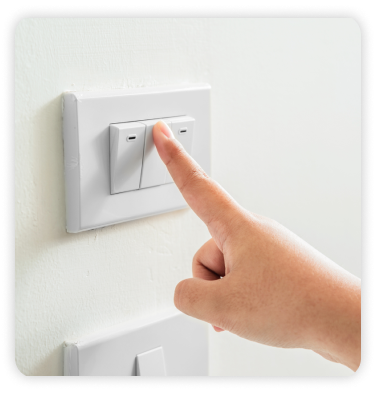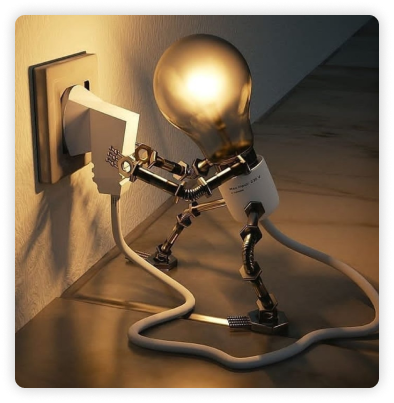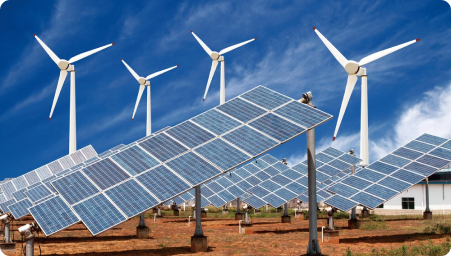Step -1 | Avoid electricity use by 1/3rd
“Avoid the use of energy, as much as possible, even if it is solar energy”
Avoid refers to not using or stop using the appliances at all, even if they are powered by solar energy. Why? Solar PV modules are considered a relatively much cleaner source of electricity than coal-based electricity, but they do have some non-zero carbon footprint. Purification of Silicon, the production of silicon wafer, solar cells, glass, and aluminum frame all require energy. Energy consumption in production means the carbon footprint. After the end of life, solar PV modules and other system components like electronics and batteries would become waste. Hence, the first rule of using solar energy would be to "Avoid" electricity use even if produced using solar energy or for that matter any other energy.
Avoid the use of energy refers to avoid using appliances that can be avoided. Following are some examples:
-
Avoid (do not use) the use of lights during day time, do not use at all or reduce the number of lights
-
Avoid the use of fans by reducing the number or the duration of fan use
-
Avoid the use of heavy loads like geysers and air conditioners, they consume a lot of electricity
-
Avoiding the use of electric water cooler water from the natural cooler
… and there can be many more possibilities
With these measures and many more, one can keep the target to avoid the use of electricity by 1/3rd. This saving of money can be invested in buying efficient appliances that further reduce electricity consumption



